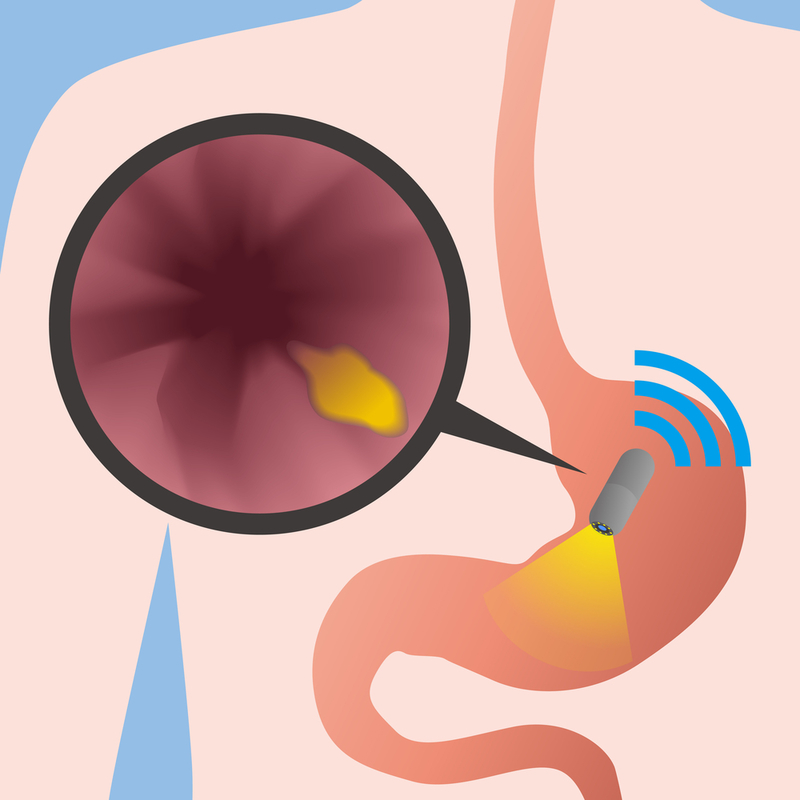This ingestible electronic capsule can detect different gases in gut
IANS Jan 10, 2018
Scientists have developed an experimental ingestible electronic capsule that can detect gases such as oxygen, hydrogen, and carbon dioxide present in the human gut as well as shed light on the microbes that live within it.

The capsule provided a potentially powerful diagnostic technique and could offer unique insights into the effects of diet and medical supplements. It might also translate into a monitoring tool that can be used to help develop individualized diets, the study showed."Our gas capsule offers an accurate and safe tool for monitoring the effects of diet of individuals, and has the potential to be used as a diagnostic tool for the gut," said Kourosh Kalantar-Zadeh from the RMIT University in Melbourne, Australia.The capsules had a non-transparent, polyethylene shell which included sensors for the gases that operate in various aerobic and anaerobic conditions, a temperature sensor, a microcontroller, a transmission system (433MHz), and button-size silver oxide batteries.
The capsule can sense oxygen content, for instance, where in the gut it is located.Oxygen was found to start off high in the stomach and drop off throughout the intestines. When the pill senses an oxygen-free environment, it exits.The other two gases gave researchers information about the gut microbiome's activity wherever the capsule happens to be in the digestive tract.The capsule could of significant value in the individualisation of drug disposition or the use of dietary manipulations, the researchers said. "Our pilot trial illustrated the significant potential role for electronic-based gas-sensing capsules in understanding functional aspects of the intestine and its microbiota in health and in response to dietary changes," Kalantar-Zadeh added.
The capsule continuously transmits information about the concentration of these gases and temperature records to a monitor that displays the profiles in real-time on a mobile phone.The information was coded and transmitted to a hand-held monitor every five minutes.For the study, published in the journal Nature Electronics, the team included healthy volunteers, where some ate the same diet, others ate a high-fibre diet and an another group who got diet with little fibre.
-
Exclusive Write-ups & Webinars by KOLs
-
Daily Quiz by specialty
-
Paid Market Research Surveys
-
Case discussions, News & Journals' summaries